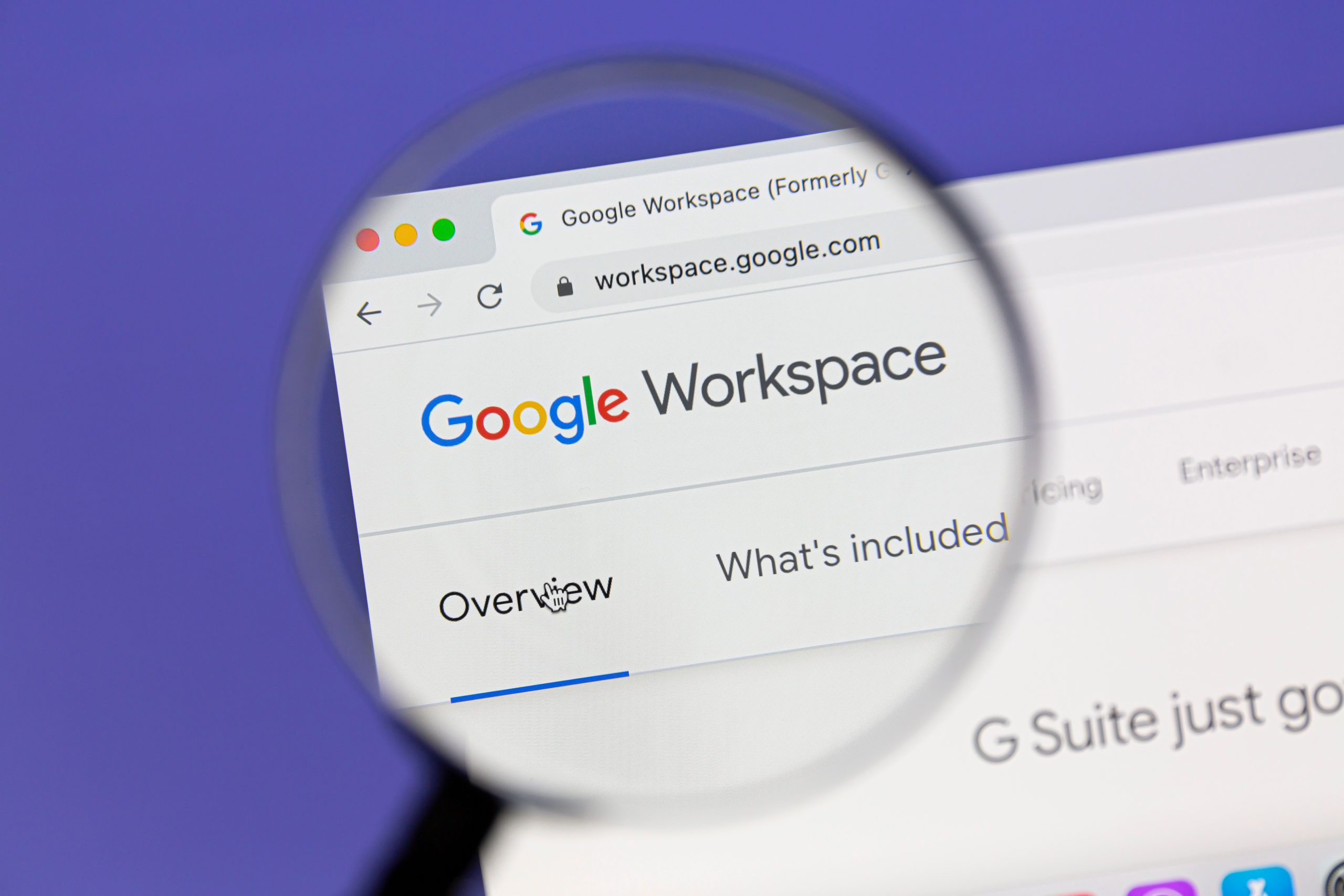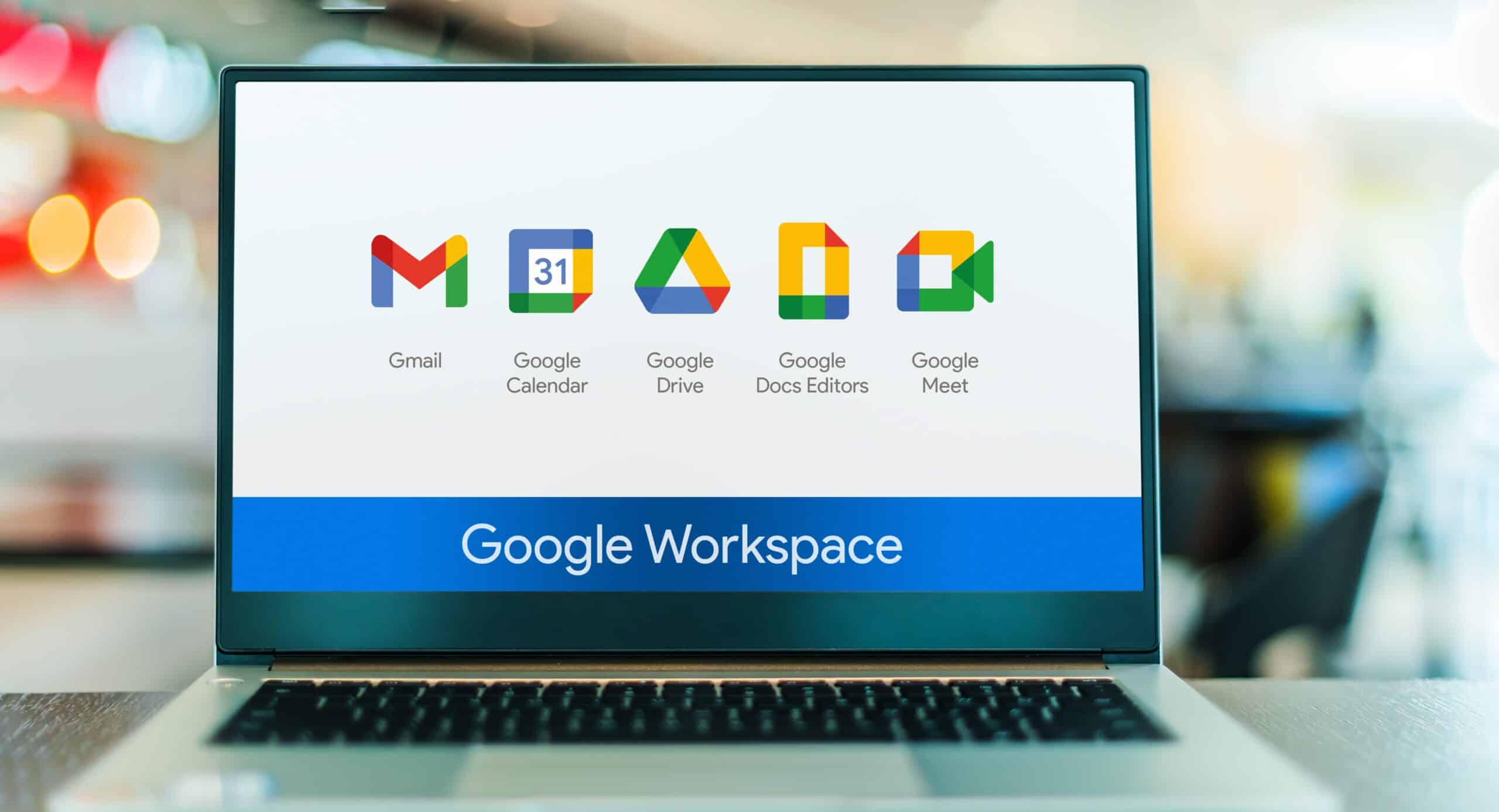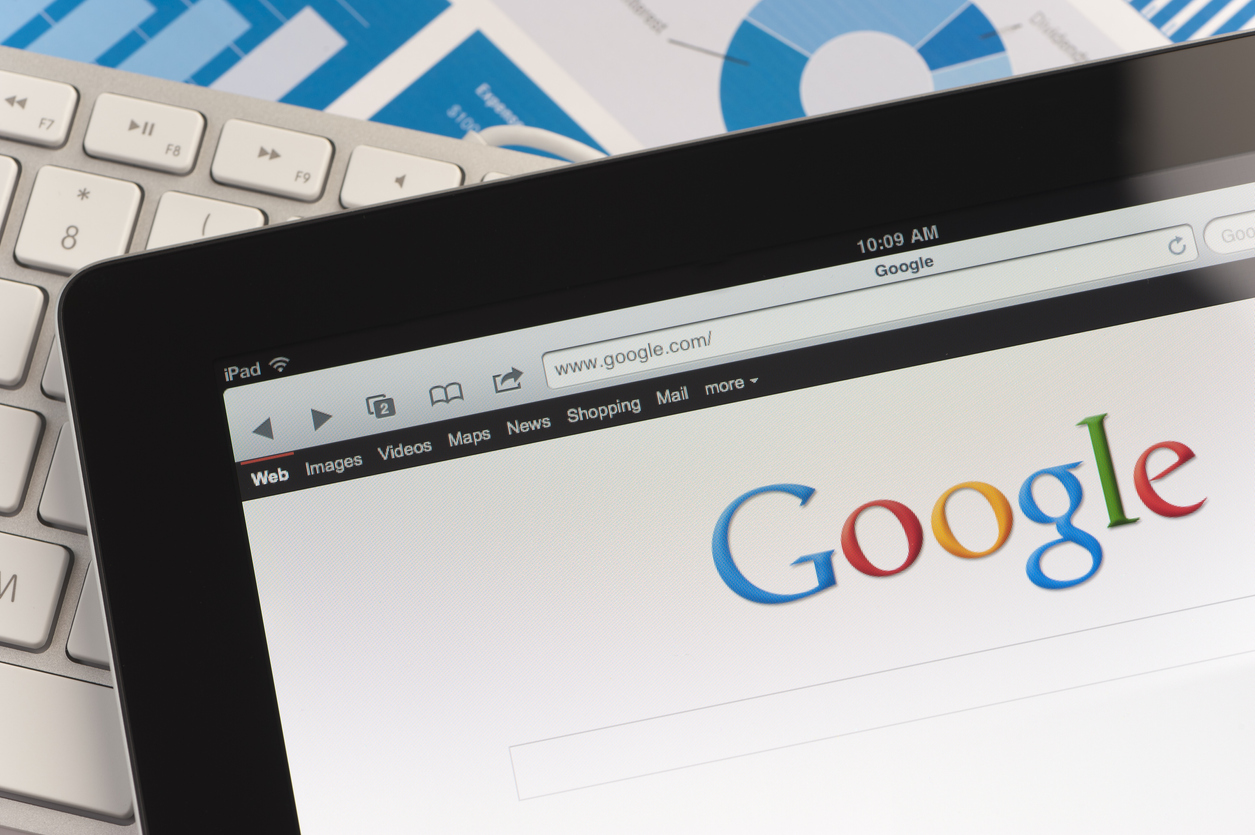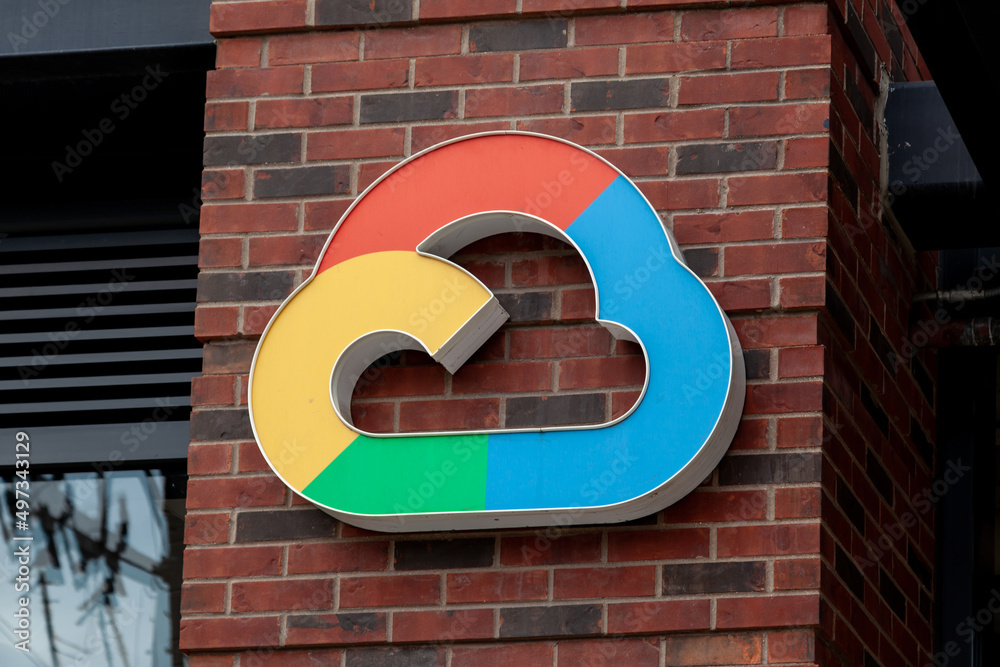Google Suite: Elevating Productivity in the Modern Workplace

Introduction
In the dynamic landscape of modern workplaces, collaboration has evolved from traditional in-person meetings to seamless digital interactions.
This transformation has been driven by the need for flexibility, efficiency, and real-time communication in today’s globalized business environment.
At the forefront of this evolution stands Google Suite, an integrated set of productivity tools that have revolutionized how teams work together.
From communication to document collaboration and beyond, Google Suite provides a comprehensive solution for businesses seeking to optimize their workflow.
In this article, we will delve into the evolution of workplace collaboration, highlighting the pivotal role played by Google Suite in shaping this new era of productivity.
The Evolution of Workplace Collaboration
The journey of workplace collaboration has seen a remarkable shift over the years.
Gone are the days of reliance solely on face-to-face interactions or cumbersome email threads.
With the advent of technology, businesses began exploring digital platforms to streamline communication and document sharing.
However, it was the introduction of cloud-based collaboration tools that truly transformed the landscape.
This shift allowed for real-time updates, simultaneous editing, and seamless access to documents from anywhere in the world.
Suddenly, teams could collaborate effortlessly, breaking down geographical barriers and time constraints.
The evolution of workplace collaboration has been marked by a quest for efficiency, and Google Suite emerged as the beacon of this new era.
Introducing Google Suite as a Game-Changer
Google Suite stands as a game-changer in the realm of workplace productivity.
It encompasses a suite of applications designed to address the diverse needs of businesses, whether they are large enterprises or agile startups.
The suite seamlessly integrates essential tools like Gmail, Google Docs, Sheets, Slides, and more, providing a unified platform for communication, document creation, and project management.
What sets Google Suite apart is its cloud-based infrastructure, enabling real-time collaboration that transcends the limitations of traditional software.
Teams can work together on a single document, spreadsheet, or presentation, witnessing updates in real time.
This level of synchronization fosters a sense of unity and efficiency among team members, ultimately driving productivity to new heights.
By introducing Google Suite into the workplace, businesses embrace a transformative approach to collaboration, poised to revolutionize their operations and achieve unprecedented levels of productivity.
Part 1: Communication Efficiency
Gmail: More Than Email
When it comes to communication efficiency, Gmail emerges as a multifaceted tool that transcends traditional email platforms.
It serves as a hub for streamlined and effective communication within teams and across organizations.
Beyond basic email functions, Gmail boasts a range of advanced features that significantly enhance email management.
These include priority inbox, categorization, and powerful search capabilities, ensuring that important messages are always prioritized and easily accessible.
Moreover, Gmail’s intuitive interface and seamless integration with other Google Suite apps make it a cornerstone of efficient communication in the modern workplace.
Google Chat: Real-Time Collaboration
In the fast-paced world of modern business, real-time communication is paramount for seamless collaboration.
Google Chat steps in as a dynamic instant messaging platform designed to facilitate swift and efficient team communication.
Whether it’s a quick question or a project update, Google Chat provides an intuitive interface for instant messaging, reducing the need for lengthy email exchanges.
What sets Google Chat apart is its integration with other Google Suite apps, allowing for a smooth transition from chat to collaborative work in platforms like Google Docs and Sheets.
This integration ensures that conversations seamlessly translate into actionable tasks, solidifying its role in enhancing team efficiency.
Part 2: Seamless Document Collaboration
Google Docs: Beyond Word Processing
Google Docs represents a paradigm shift in document collaboration, offering more than just word processing capabilities.
It enables teams to create, edit, and collaborate on documents in real time, fostering a dynamic and productive work environment.
Version control is a standout feature, allowing users to track changes and revert to previous versions as needed. This ensures that collaborative efforts remain organized and cohesive, even when multiple team members are working on the same document simultaneously.
With real-time editing features and robust collaborative tools, Google Docs sets a new standard for document creation and teamwork.
Google Sheets: Empowering Data Management
For tasks that demand data-driven precision, Google Sheets rises to the occasion as a powerful collaborative spreadsheet tool.
Teams can engage in collaborative data analysis and reporting, leveraging the platform’s extensive range of functions, formulas, and data visualization tools.
This empowers users to perform complex calculations, generate insightful reports, and create visually compelling charts and graphs.
What sets Google Sheets apart is its ability to facilitate simultaneous collaboration, ensuring that teams can work together on data-intensive projects with ease.
By combining the power of collaborative analysis with intuitive data management, Google Sheets revolutionizes how teams handle and leverage data.
Part 3: Dynamic Presentations
Google Slides: Engaging Audiences
When it comes to dynamic presentations, Google Slides emerges as a powerful tool for captivating and informative content delivery.
It allows users to craft visually appealing presentations that are designed to engage audiences in meetings, conferences, and pitches.
The platform offers a user-friendly interface with a range of templates, ensuring that presentations are not only compelling but also professionally polished.
Additionally, Google Slides incorporates collaboration features, enabling multiple team members to work on a presentation simultaneously.
This ensures that group presentations are seamless, cohesive, and reflective of collective expertise.
Google Drawings: Visualizing Ideas
In the realm of visual communication, Google Drawings takes center stage, providing a versatile platform for creating diagrams, flowcharts, and various forms of visual content.
Its intuitive drag-and-drop interface makes it accessible to users of all levels of expertise, allowing for the easy creation of visually appealing representations of ideas and concepts.
Whether it’s illustrating processes, creating organizational charts, or designing informative graphics, Google Drawings provides a canvas for clear and effective communication.
Moreover, the integration of Drawings with other Google Suite apps enhances its communicative potential, allowing visuals to be seamlessly incorporated into documents, presentations, and more.
Part 4: Organized File Management
Google Drive: Cloud-Powered Organization
Efficient file management is at the core of any productive workspace, and Google Drive stands as a cornerstone in this endeavor.
It offers cloud-powered storage that ensures seamless access to files from anywhere with an internet connection. The platform’s intuitive organization system simplifies the process of locating and accessing files, providing a centralized repository for documents, spreadsheets, presentations, and more.
Moreover, Google Drive facilitates collaboration by allowing users to share and work on files and folders in real time.
This collaborative aspect streamlines workflow, making it an indispensable tool for organized file management in the modern workplace.
Google Calendar: Scheduling Made Simple
Effective event planning and organization are fundamental to productive teamwork, and Google Calendar excels in simplifying this process.
The platform provides a user-friendly interface for creating and managing events, ensuring that teams stay organized and on track.
What sets Google Calendar apart is its seamless integration with other Google Suite apps, particularly Gmail.
This integration allows users to schedule events based on email correspondence, streamlining the process of event planning and coordination.
By leveraging Google Calendar, teams can ensure that everyone is on the same page, appointments are kept, and events are scheduled with maximum efficiency.
Part 5: Collaborative Workspaces
Google Sites: Building Internal Knowledge Bases
Google Sites revolutionizes the concept of internal knowledge bases by providing a platform for creating informative and accessible internal websites.
It empowers organizations to compile crucial information, resources, and documentation in one centralized location.
Creating internal websites with Google Sites is remarkably intuitive, requiring no coding skills. The platform offers a range of templates and customization options, allowing teams to tailor their knowledge bases to specific needs.
Additionally, Google Sites excels in embedding features, enabling the integration of content from other Google Suite apps.
This creates a unique and comprehensive workspace that serves as a hub for knowledge sharing and collaboration within the organization.
Google Classroom: Virtual Learning Environments
In the realm of education and training, Google Classroom emerges as a virtual learning environment that transforms how educators engage with students.
It provides a centralized platform for educators to create classes, distribute assignments, and facilitate discussions.
This virtual classroom environment streamlines the learning experience, allowing for seamless interaction between teachers and students.
Educators can assign and grade work within the platform, providing timely and constructive feedback.
Additionally, Google Classroom fosters effective communication through announcements and class discussions.
By leveraging Google Classroom, educators create an inclusive and collaborative learning environment that transcends the boundaries of traditional classrooms.
Part 6: Security and Administration
Google Admin Console: Ensuring Data Integrity
The Google Admin Console serves as the nerve center for maintaining data integrity within Google Suite.
It empowers administrators with the tools needed to manage user accounts, configure security settings, and enforce organizational policies.
Through the Admin Console, administrators can set access levels, reset passwords, and monitor user activity to ensure compliance with security protocols. The platform also enables the implementation of security policies to safeguard against unauthorized access and data breaches.
This comprehensive suite of administrative controls ensures that sensitive information is protected and that the collaborative workspace operates securely.
Security Best Practices: Safeguarding Your Workspace
Beyond the administrative tools provided by Google Suite, adhering to security best practices is essential for safeguarding the collaborative workspace.
Implementing two-factor authentication (2FA) adds an additional layer of security, requiring users to verify their identity through a secondary method.
This significantly reduces the risk of unauthorized access, even in the event of compromised passwords. Encryption plays a crucial role in data security, protecting information during transmission and while stored on Google servers.
Additionally, privacy settings give users control over who has access to their information, providing an extra layer of control over sensitive data.
By combining administrative controls with best practices, organizations create a robust defense against potential security threats within Google Suite.
Conclusion
In today’s fast-paced and digitally-driven work environment, maximizing productivity is paramount.
Google Suite stands as an invaluable ally in this endeavor, offering a comprehensive suite of tools designed to streamline collaboration, enhance communication, and empower teams to achieve more.
By harnessing the full potential of Google Suite, organizations can transcend traditional boundaries, allowing productivity to flourish in every corner of the modern workplace.
From the seamless communication facilitated by Gmail and Google Chat to the dynamic document collaboration of Google Docs and Sheets, each component of Google Suite plays a crucial role in revolutionizing how teams work together.
The power of Google Slides and Drawings in creating engaging presentations and visual content further amplifies the suite’s impact.
Google Suite’s robust file management with Drive and efficient event organization with Calendar ensures that work is organized and events are planned with precision.
Moreover, the collaborative workspaces provided by Sites and Classroom create unique environments for knowledge sharing and learning, whether it’s building internal knowledge bases or facilitating virtual classrooms.
To safeguard the collaborative workspace, the Google Admin Console and adherence to security best practices provide essential tools and protocols.
This combination ensures that sensitive information is protected, and data integrity is maintained.
In conclusion, Google Suite isn’t merely a suite of tools; it’s a catalyst for transformation, propelling teams toward unparalleled productivity.
By embracing its capabilities and integrating them seamlessly into daily workflows, organizations are poised to elevate productivity in every facet of the modern workplace. With Google Suite, the future of collaborative workspaces is brighter than ever before.



